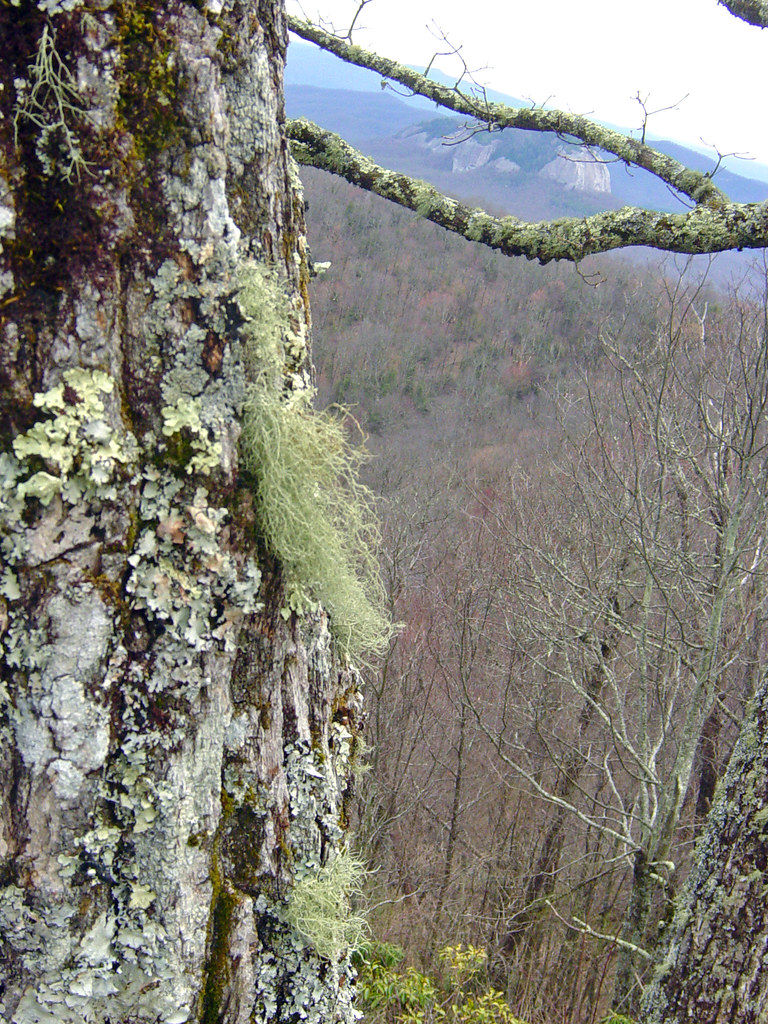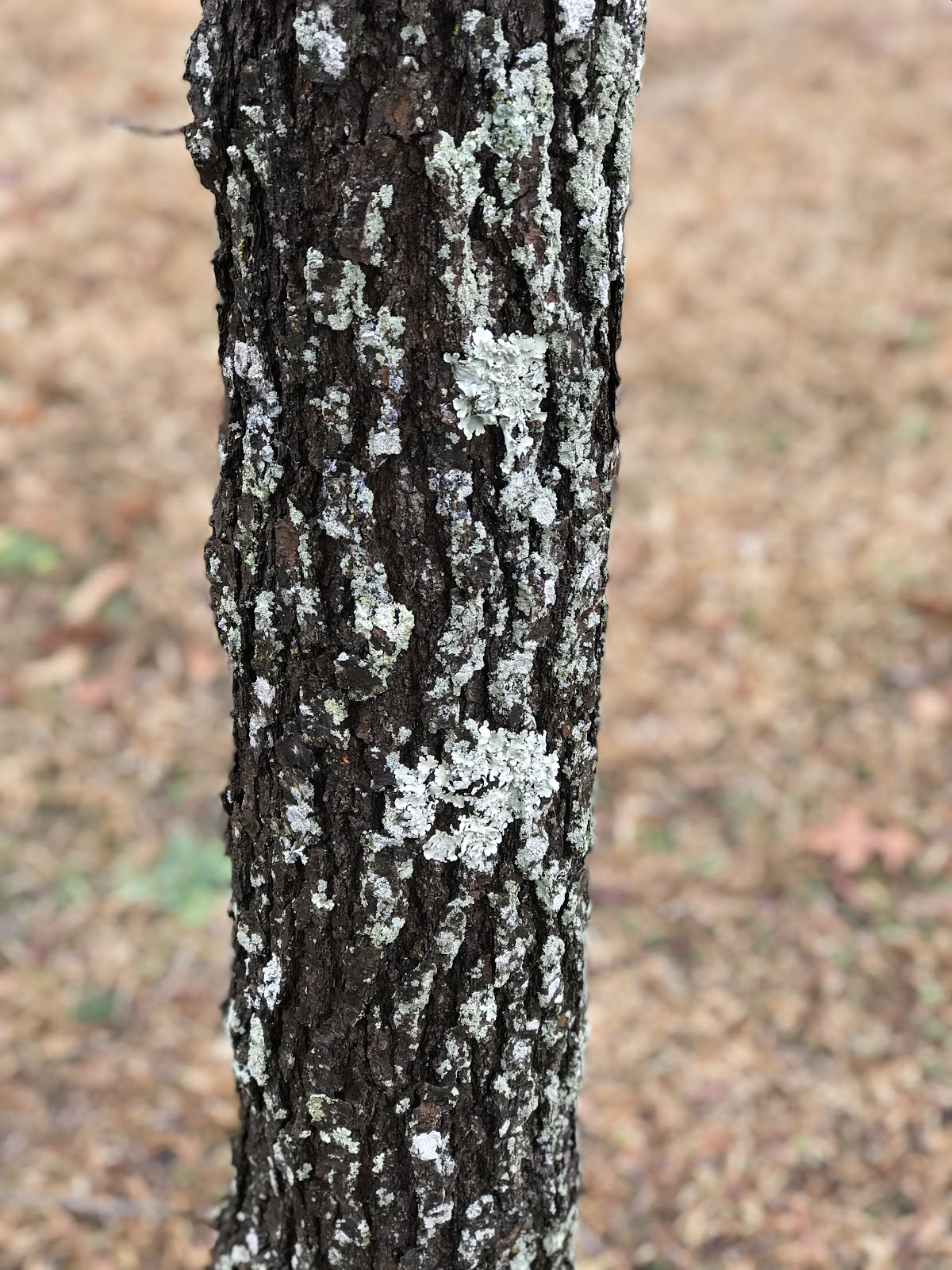FAQ: Lichens
go.ncsu.edu/readext?780147
en Español / em Português
El inglés es el idioma de control de esta página. En la medida en que haya algún conflicto entre la traducción al inglés y la traducción, el inglés prevalece.
Al hacer clic en el enlace de traducción se activa un servicio de traducción gratuito para convertir la página al español. Al igual que con cualquier traducción por Internet, la conversión no es sensible al contexto y puede que no traduzca el texto en su significado original. NC State Extension no garantiza la exactitud del texto traducido. Por favor, tenga en cuenta que algunas aplicaciones y/o servicios pueden no funcionar como se espera cuando se traducen.
Português
Inglês é o idioma de controle desta página. Na medida que haja algum conflito entre o texto original em Inglês e a tradução, o Inglês prevalece.
Ao clicar no link de tradução, um serviço gratuito de tradução será ativado para converter a página para o Português. Como em qualquer tradução pela internet, a conversão não é sensivel ao contexto e pode não ocorrer a tradução para o significado orginal. O serviço de Extensão da Carolina do Norte (NC State Extension) não garante a exatidão do texto traduzido. Por favor, observe que algumas funções ou serviços podem não funcionar como esperado após a tradução.
English
English is the controlling language of this page. To the extent there is any conflict between the English text and the translation, English controls.
Clicking on the translation link activates a free translation service to convert the page to Spanish. As with any Internet translation, the conversion is not context-sensitive and may not translate the text to its original meaning. NC State Extension does not guarantee the accuracy of the translated text. Please note that some applications and/or services may not function as expected when translated.
Collapse ▲One of the most frequently asked questions we receive at our Ask a Master Gardener℠ Volunteer Helpline is: “What is the grayish-green growth on the trunks of my trees and shrubs?” The answer is simpler than the explanation. Lichen (pronounced lie-ken) is the name of the fuzzy, flat, and sometimes frilly growth that gardeners find covering the trunks of woody plants. Colors can range from gray to bluish-green.

Lichens are living organisms composed of a fungus and an alga. They are found on healthy plants and more frequently on declining or stressed trees and shrubs. This may be because stressed plants grow more slowly and shed bark less frequently, and because stressed plants often experience canopy dieback allowing more sunlight to reach the lichen on the trunk. Control is not necessary. Lichens are not harmful to the plant and do not cause plant decline. Instead, stressors like age, growing conditions, and environmental influence are usually to blame for a plants’ decline.

Image: Katy Shook
Lichens are a beneficial indicator that your plant may be under stress. Review management options to identify and reduce plant stress (nutrition, irrigation, pruning, light, etc.).
For more information on assessing plant problems, refer to the Diagnostics Chapter and Appendix C of the NC Extension Gardener Handbook


